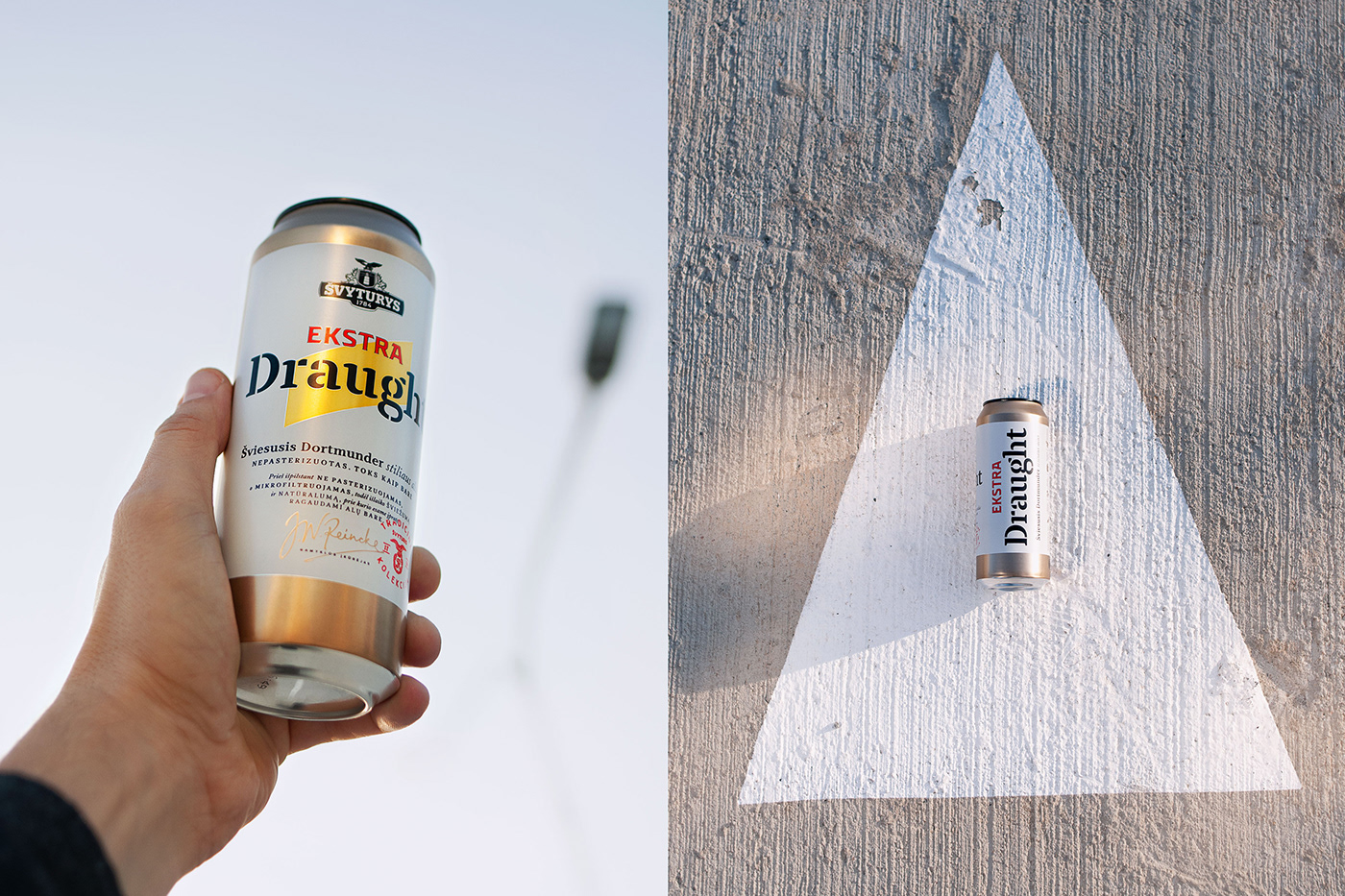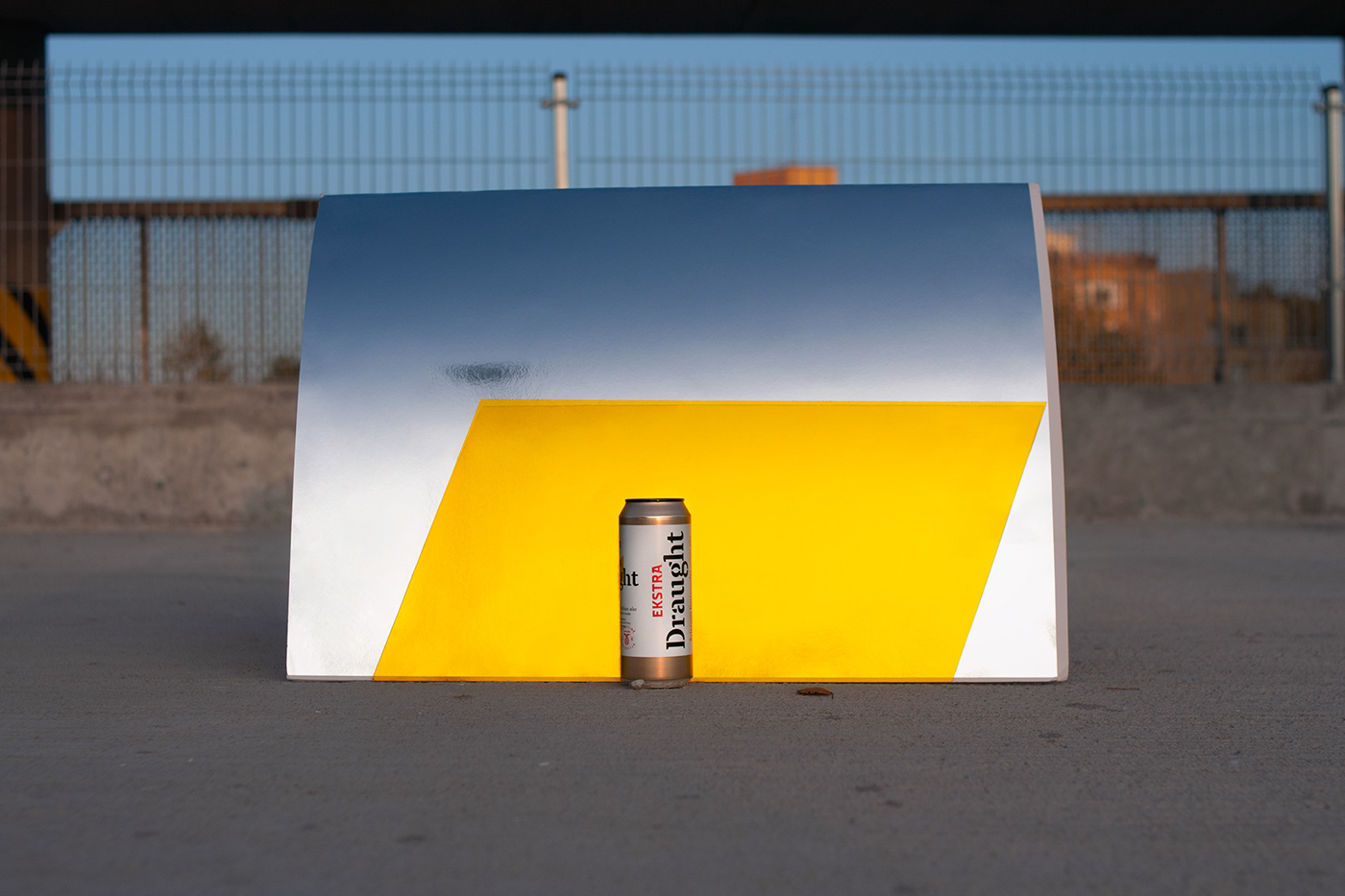
SITUATION
Švyturys is one of the most favorite Lithuanian beer brands. The Traditional Collection was created to reveal the many varieties of beer to the mass market. The changing lifestyle and the beer’s drinking habits of the target audience have led to a revise of design.
We’ve been tasked to update the Traditional Collection, consisting of Dortmunder Lager Švyturys Ekstra Draught, Hefeweizen Švyturys Baltas, Märzen Švyturys Baltijos, etc. The new look and feel should highlight beer craftsmanship’s story and meet a design aesthetic familiar to nowadays city dwellers. In other words – to unite the glorious past and the urban present.


SOLUTION
To unite the glorious past and the urban present – challenge accepted.
We’ve been inspired by various documents to meet the theme of the past. We found pairings of several fonts, uppercase, and lowercase letters combinations, as well as wide letter spacings. The historical theme emphasized by the coat of arms of the distillery and the signature of the founder J. W. Reincke.
We’ve taken urban metallic surfaces and imitation of craft brewers’ favorite paper labels on a can – to meet the present. Different cap colors subtly enhance the uniqueness of the collection. The monumental, geometric light ray that unites the Švyturys (a lighthouse in Lithuanian) brand has become the collection’s primary graphic connection.







Client: Švyturys-Utenos alus / Part of the Carlsberg Group
Marketing manager: Andrius Bagdzevičius
Brand manager: Tomas Piliponis
Agency: étiquette
Design strategy: Edvardas Kavarskas
Art direction: Irmantas Savulionis
Graphic design: Aliona Bobin
Account management: Rita Dargytė
Printing manufacturing: Ball, Ardagh Group, Garsų pasaulis
Product photoshoot: Irmantas Savulionis, Aliona Bobin
-
© étiquette, 2020, Vilnius








